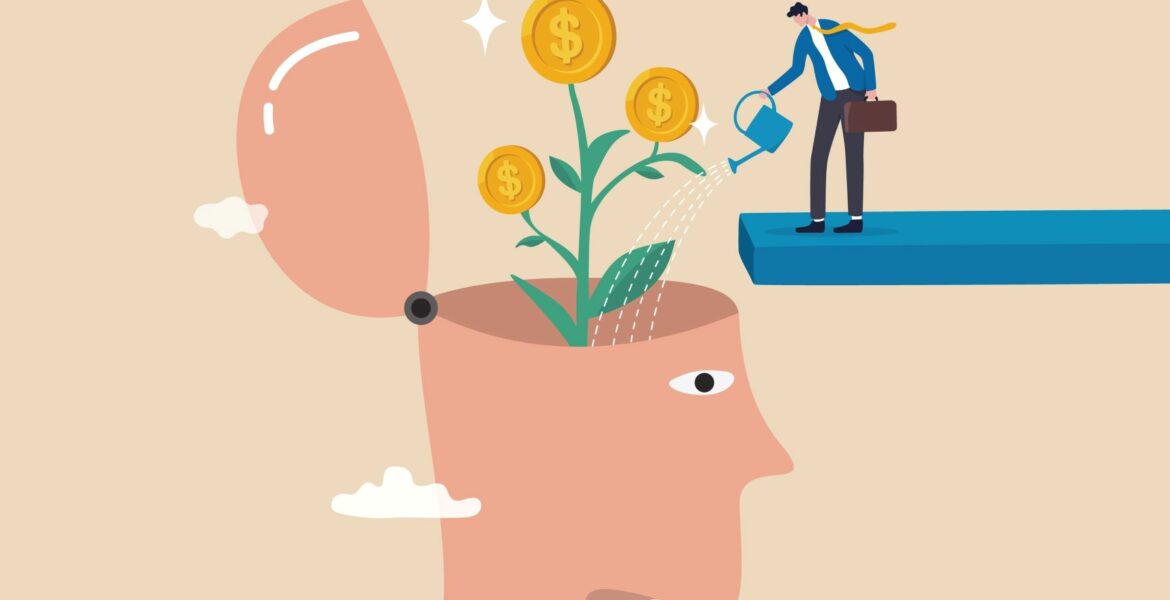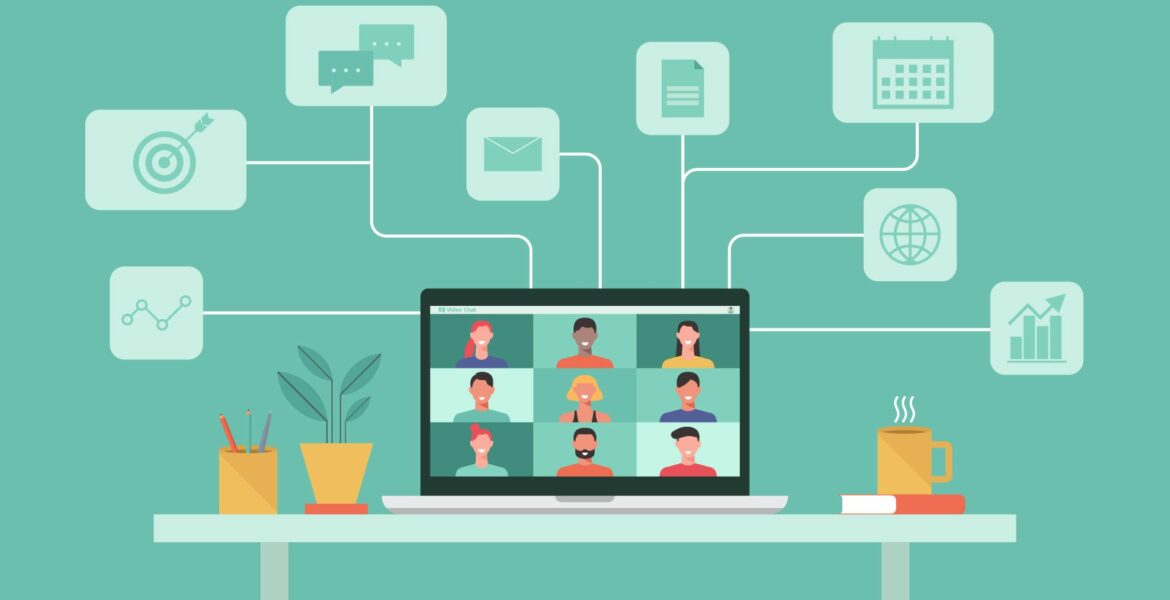If you’ve ever been in a situation where you’re being evaluated or are under pressure to do well, you know how debilitating performance anxiety can be. It’s a very common problem, and one that can have a negative impact on your work, your relationships, and your overall wellbeing.
Intrapersonal skills are those that help us understand and manage ourselves. This includes our thoughts, emotions, and behaviors.
Self-awareness is key to developing strong intrapersonal skills. This means being aware of our own thoughts, feelings, and behaviors, and how they impact others.
If you’ve been working from home lately, chances are you’ve had to jump on a Zoom call or two (or ten). Zoom is a video conferencing app that has seen a surge in popularity in recent months due to the COVID-19 pandemic. It offers a variety of features that can be helpful for both personal and professional use.
As a leader, one of the most important things you can do is to lead by example. This sets the tone for the entire organization and shows employees that the company is committed to its values. When employees see their leaders living the company’s values, it gives them a sense of pride and motivation to do the same.
Introduction
When it comes to self-presentation, first impressions matter. The way you present yourself to others will influence how they perceive and interact with you. That’s why it’s important to be aware of the different elements of self-presentation, so you can make sure you’re putting your best foot forward.
What is the fear of being vulnerable?
The fear of being vulnerable is something that affects us all at some point in our lives. Whether it’s the fear of revealing our true selves, the fear of being rejected, or the fear of being emotionally hurt, this fear can prevent us from achieving the intimacy we desire.
The symbolism of colors holds significant cultural, emotional, and psychological meaning. Each color can evoke specific emotions and convey distinct messages. Green, in particular, is often associated with nature, growth, renewal, and positivity. When applied to the symbolism of a flag, carrying a green flag is seen as an emblem of positive actions and traits. In this article, we will delve into the symbolism of carrying a green flag and explore the positive attributes it represents in people.
Networking is a crucial part of career and business success. By connecting with other professionals, you can gain access to valuable resources and information. Additionally, networking can help you build relationships with potential customers or clients.
There is a fine line between sharing and oversharing. Oversharing can be seen as a form of self-promotion. It can be seen as a way to get attention. It can be seen as a way to get validation. Sharing can be seen as a way to connect with others. Sharing can be seen as a way to build relationships. Sharing can be seen as a way to share information.
When it comes to setting and achieving goals, understanding your why is key. Why are you setting this goal? What is your purpose or motivation for wanting to achieve it? Without this understanding, it will be difficult to keep your focus and stay motivated throughout the process.











